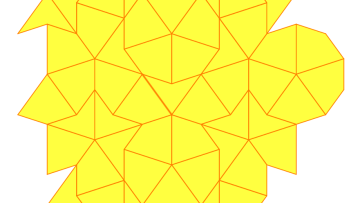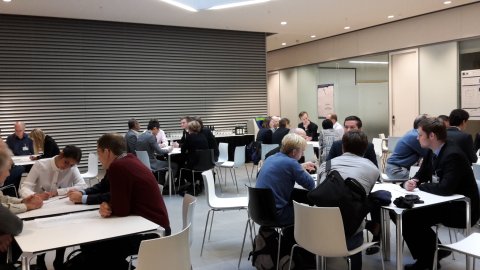Exploitation of the parareal algorithm in divertor physics simulations
Abstract
Parallelizing the time domain in numerical simulations is non-intuitive, but has been proven to be possible using various algorithms like parareal, PFASST and RIDC. Temporal parallelizations adds an entire new dimension to parallelize and significantly enhances use of super computing resources. Exploiting this technique serves as a big step towards exascale computation.
Starting with relatively simple problems, the parareal algorithm (Lions et al, A ''parareal'' in time discretization of PDE's, 2001) has been successfully applied to various complex simulations in the last few years (Samaddar et al, Parallelization in time of numerical simulations of fully-developed plasma turbulence using the parareal algorithm, 2010). The algorithm involves a predictor-corrector technique.
Numerical studies of the edge of magnetically confined, fusion plasma are an extremely challenging task. The complexity of the physics in this regime is particularly increased due to the presence of neutrals as well as the interaction of the plasma with the wall. These simulations are extremely computationally intensive but are key to rapidly achieving thermonuclear breakeven on ITER-like machines.
The SOLPS code package (Schneider et al, Plasma Edge Physics with B2‐Eirene, 2006) is widely used in the fusion community and has been used to design the ITER divertor. A reduction of the wallclock time for this code has been a long standing goal and recent studies have shown that a computational speed-up greater than 10 is possible for SOLPS (Samaddar et al, Greater than 10x Acceleration of fusion plasma edge simulations using the Parareal algorithm, 2014), which is highly significant for a code with this level of complexity.
In this project, the aim is to explore a variety of cases of relevance to ITER and thus involving more complex physics to study the feasibility of the algorithm. Since the success of the parareal algorithm heavily relies on choosing the optimum coarse solver as a predictor, the project will involve studying various options for this purpose. The tasks will also include performing scaling studies to optimize the use of computing resources yielding maximum possible computational gain.



